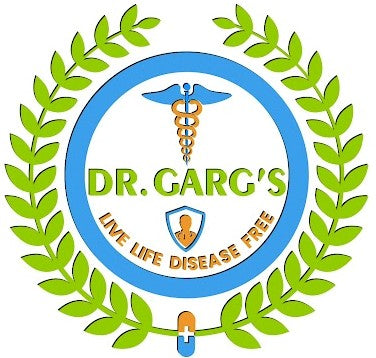Leucoderma Treatment
Overview of Leucoderma Treatment: Causes, Symptoms, Diagnosis, Homeopathic & Ayurvedic Treatment

Introduction:
Leucoderma, also known as vitiligo, is a chronic skin disorder characterized by the loss of pigmentation, leading to the development of white patches on the skin. It affects people of all ages and races and can have a significant impact on a person's self-esteem and quality of life. In this article, we will provide an overview of leucoderma, including its causes, symptoms, and diagnosis. Additionally, we will explore the potential of homeopathic and Ayurvedic treatments for leucoderma.
Causes of Leucoderma:
The exact cause of leucoderma is still not fully understood, but research suggests that it involves a combination of genetic, autoimmune, and environmental factors. In leucoderma, the immune system mistakenly attacks and destroys the melanocytes, the cells responsible for producing skin pigment (melanin). This leads to the development of white patches on the skin. Certain triggers such as stress, sunburn, exposure to chemicals, and trauma to the skin may contribute to the onset or worsening of leucoderma.
Symptoms of Leucoderma:
The primary symptom of leucoderma is the development of depigmented patches on the skin. These patches are typically white or light pink in color and can occur anywhere on the body. The patches may vary in size and shape and may gradually enlarge over time.
Leucoderma can affect any part of the body, including the face, hands, feet, and areas exposed to the sun. In some cases, hair and even the inside of the mouth may lose pigmentation. The condition is usually progressive, and new patches may appear over time.
Diagnosis of Leucoderma:
Diagnosing leucoderma is usually done by a dermatologist or a specialist in skin disorders. The diagnosis is based on a physical examination of the affected skin and a thorough medical history. In some cases, a skin biopsy may be performed to confirm the diagnosis and rule out other conditions. Additionally, certain tests may be conducted to assess the overall health and to determine if any underlying autoimmune disorders are present.

Treatment Options for Leucoderma:
While there is currently no cure for leucoderma, several treatment options can help manage the condition and improve the appearance of the affected skin. Treatment approaches for leucoderma aim to restore pigmentation, even out the skin tone, and prevent the spread of depigmented patches. Common treatment options include:
1. Topical Corticosteroids:
These creams or ointments are applied directly to the affected skin and can help reduce inflammation and promote repigmentation.
2. Topical Calcineurin Inhibitors:
These medications are used to suppress the immune response and can be effective in treating smaller, localized patches of leucoderma.
3. Psoralen plus Ultraviolet A (PUVA) Therapy:
This treatment involves combining the use of psoralen, a medication that sensitizes the skin to light, with exposure to UVA light. PUVA therapy can stimulate repigmentation of the affected areas.
4. Narrowband Ultraviolet B (NB-UVB) Therapy:
This treatment involves exposing the affected skin to specific wavelengths of UVB light, which can promote repigmentation.
Homeopathic Treatment for Leucoderma:
Homeopathic treatment for leucoderma is based on an individualized approach, taking into account the unique symptoms, constitution, and overall health of the person. Homeopathic remedies for leucoderma focus on stimulating the body's self-healing processes, addressing the underlying causes, and restoring balance. Commonly used homeopathic remedies for leucoderma include Arsenicum album, Sulphur, Graphites, and Thuja occidentalis.
Ayurvedic Treatment for Leucoderma:
Ayurveda, an ancient system of medicine from India, offers a holistic approach to treating leucoderma. According to Ayurvedic principles, leucoderma is believed to be caused by an imbalance in the body's doshas (energies). Ayurvedic treatments for leucoderma may include herbal remedies, dietary modifications, lifestyle changes, detoxification procedures, and stress management techniques. Popular Ayurvedic herbs used for leucoderma include Bakuchi (Psoralea corylifolia), Neem (Azadirachta indica), and Haritaki (Terminalia chebula).
It is important to note that both homeopathic and Ayurvedic treatments for leucoderma should be sought under the guidance of Dr. Garg, who is qualified practitioners experienced in these systems of medicine. He can provide individualized treatment plans and monitor progress over time.
Conclusion
In conclusion, leucoderma is a chronic skin condition characterized by the loss of pigmentation, leading to the development of white patches on the skin. There are treatment options can help to manage the condition and improve the appearance of the affected skin. Conventional treatments, such as topical corticosteroids and light therapies, can be effective in many cases. Complementary approaches like homeopathy and Ayurveda may also provide additional support. It is essential to work closely with Dr. Garg’s Clinic to get a personalized treatment plan that addresses individual needs and ensures comprehensive care for leucoderma. We have a team of qualified doctors and medical professionals who are committed to helping you in your journey to better health.
